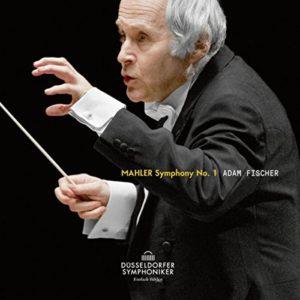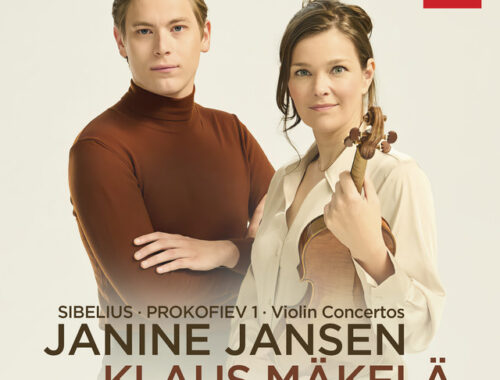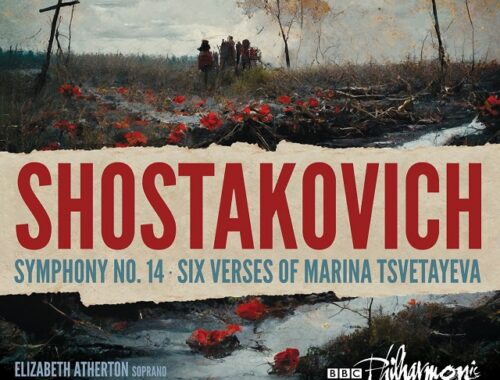Staatskapelle Berlin, Barenboim, Boulez, Royal Festival Hall
Liszt and Wagner, Boulez and Barenboim – iconic names, analogous kinships. As conductors and musical soulmates both Boulez and Barenboim have boldly sought and found satisfying answers to the Wagner myth but who, one wonders, could have made the lowering tuba at the start of Wagner’s Faust Overture sound quite so mystifying or indeed so new as the octogenarian Boulez.
Out of the depths it came like Fafner from the cave of musical history as if growling contempt that Liszt had been able to finish what Wagner could not – a Faust Symphony. But where the good doctor’s restless soul forced a few rough edges from the mellow Staatskapelle Berlin the gentle well-being of Siegfried Idyll – Wagner’s birthday gift to his wife Cosima, Liszt’s daughter (what an incestuous concert this was) – brought shapely phrasings and diaphanous texturing such as only Boulez’ still keen ears could balance. Perhaps the greatest compliment once could pay this performance was the fact that the augmented orchestral version of the piece still gave us the effect of the solo string writing that Wagner had so subtly imagined.
But enter then Barenboim into the arena, a dapper figure about to turn grizzled old warrior and do battle with both the Liszt piano concertos in magnificent succession. It was interesting but not surprising that he should have tackled them in chronological reverse: the First Concerto is by far the better piece and everything Barenboim gave us in the Second was but an elaborate prelude to that main event. No one does keyboard theatre quite like Barenboim and the elaborate arpeggios which traverse the keyboard at the start of the second concerto were demonstrably aristocratic. There followed a compelling exhibition of grand and thoroughly idiomatic piano playing where the schmaltz and soul of his playing seemed quite literally to grow out of the orchestra, his thunderous fanfares at the close like an entirely other brass contingent.
But the best was yet to come. His acceptance of the orchestra’s opening unison in the First Concerto was flung back like a gauntlet and come the suspended phrasings of the second subject it was as if the piano had suddenly transformed into a cimbalom so authentic were the colourations. The slow movement was rapt with nostalgia, back phrasings and rubato between the hands giving it a golden era extravagance. It was “operatic” in the best sense with even the much-lampooned solo triangle of the finale emerging as tantalisingly theatrical.
You May Also Like

GRAMOPHONE Review: Mahler Symphony No. 1 – Düsseldorfer Symphoniker / Fischer
24/04/2018
GRAMOPHONE Review: Prokofiev Violin Concerto No 1/Sibelius Violin Concerto – Jansen, Oslo Philharmonic Orchestra/Mäkelä
09/08/2024